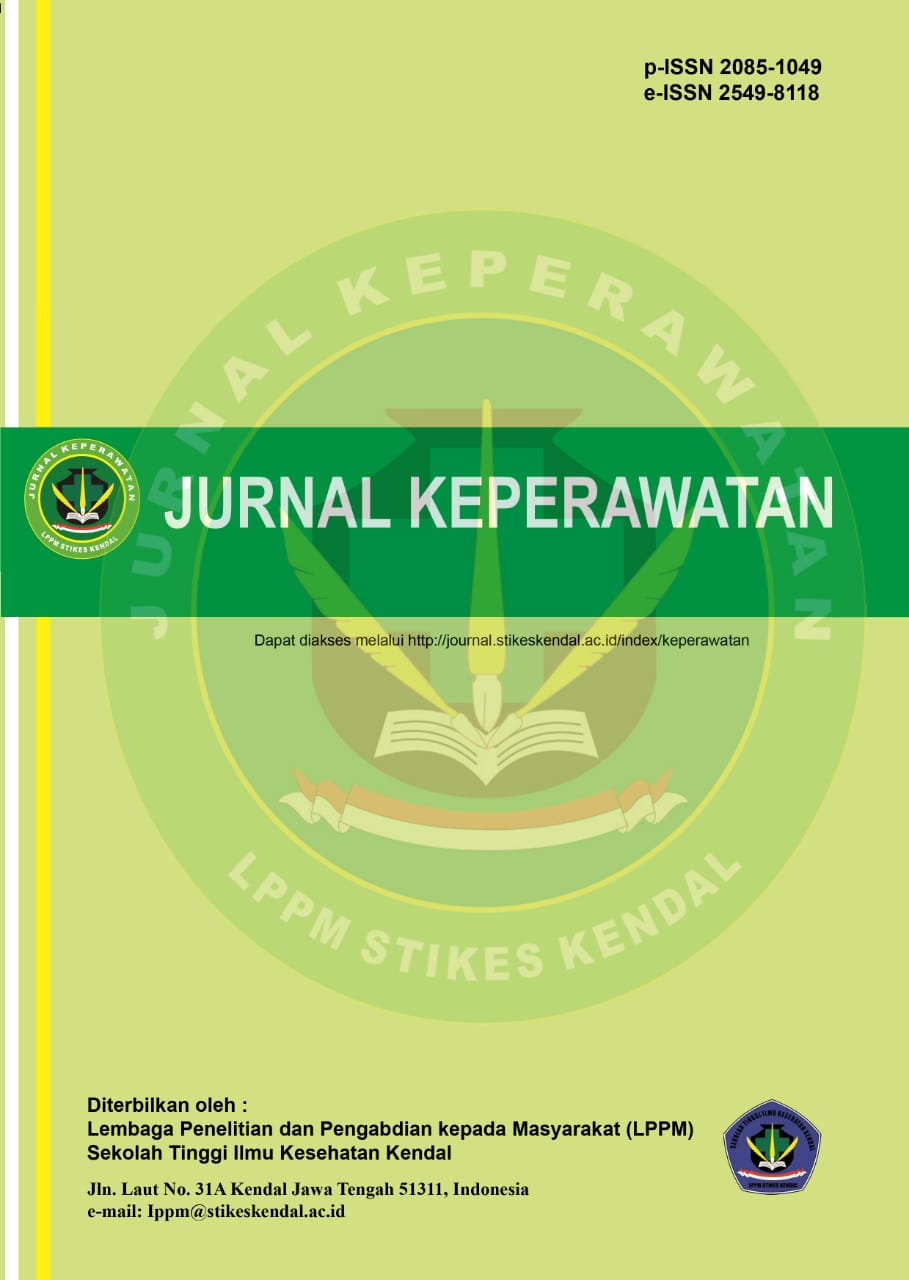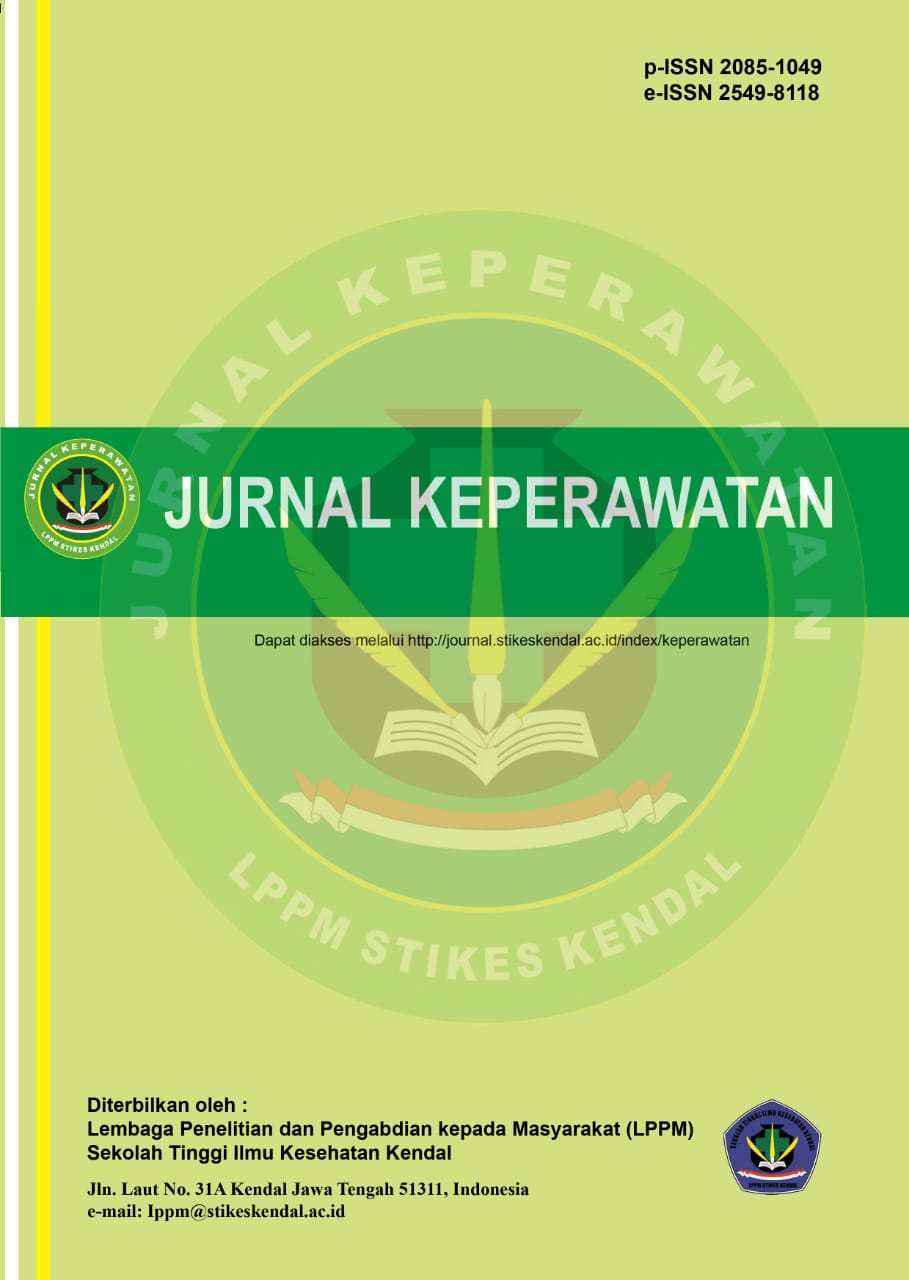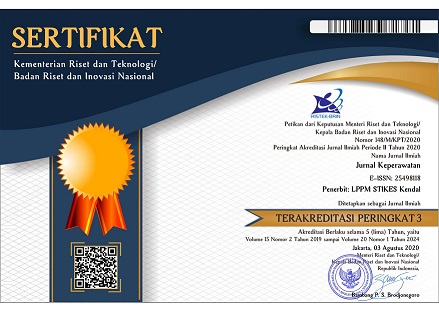The Effect of Doctor-Nurse Communication on Patient Safety Culture: Study in One Private Hospital in Malang
Keywords:
communication, doctor, nurse, patient safety cultureAbstract
The complexity of health services in hospitals is a safety and safety risk in the form of Unexpected Events (KTD) or Nearly Accidental Events (KNC). One of the factors that can prevent KTD and KNC is doctor-nurse communication as the spearhead of health services in hospitals. This study aims to analyze the effect of doctor-nurse communication (openness, accuracy, timeliness, understanding) on patient safety in hospitals. The design of this research is a cross sectional study. Doctor-nurse communication was measured based on nurses' perceptions using a closed questionnaire. Respondents involved 40 nurses. Data were analyzed using multiple linear regression. The results of the analysis show that the doctor-nurse communication variable has an average of 2.92, meaning that it has been running well. Patient safety culture has an average value of 3.07, which means that patient safety is also going well. The results showed that the communication components (openness, accuracy, timeliness, understanding) did not have a significant effect (adjusted R2 = 0.065, p = 0.176) on safety safety culture simultaneously or partially.
References
Agency for Health Care Research and Quality. (2004). Hospital Survey on Patient Safety Culture. U.S Department of Health and Human Services.
Depkes. (2008). Pedoman Pelaporan Insiden Keselamatan Pasien (IKP) (Patient Safety Incident Report), 2 edn, Bakti Husada, Jakarta
Gadd, S. et al. (2002). Safety Culture: A Review of Literature. Human & Safety Laboratory. Sheffield.
Gisburg, dkk. (2005). An Educational Intervention to Enhance Nurse Leaders’ Perceptions of Patient Safety Culture. Health Research and Educational Trust.
Keyton, Joann. (2005). Communication & Organizational Culture. A key to Understanding Work Experiences. Sage Publication. London
Kertajaya, Hermawan. (2006). Marketing in Venus. Gramedia Pustaka Utama. Jakarta
Manojlovich, M, et al. (2007). 'Healthy Work Environment, Nurse-Phycisian Communication, and Patient's Outcomes', American Journal of Critical Care vol. 16, pp. 536-43
Shortell & Rousseau. (1989). 'ICU Phycisian Questionnaire', The Organization and Mangement of Intensive Care Units.
Simandjuntak, Herris B, et.al. (2002). Corporate Culture Challenge to Excellent. Pemikiran, Wawasan dan Inspirasi Budaya Unggul Untuk Mengahadapi Perubahan dan Meraih Sukses Permanen. Editor Djoko Santoso
Moeljono & Steve Sudjatmiko. PT. Elex Media Komputindo. Jakarta
Vazirani, S, et al. (2005). 'Effect of A Multidicpinary Intervention on Communication and Collaboration', American Journal of Critical Care, Proquest Science Journal, vol. 14, p. 71
Wahyono, T. (2006). Analisis Data Statistik Dengan SPSS 14, PT. Elex Media Komputindo, Jakarta.
Downloads
Published
How to Cite
Issue
Section
License
Copyright (c) 2022 Jurnal Keperawatan

This work is licensed under a Creative Commons Attribution-NonCommercial-NoDerivatives 4.0 International License.




